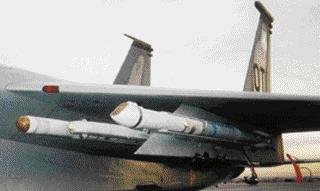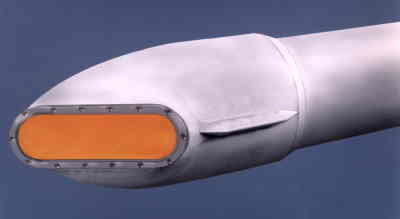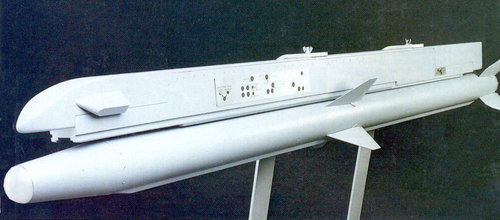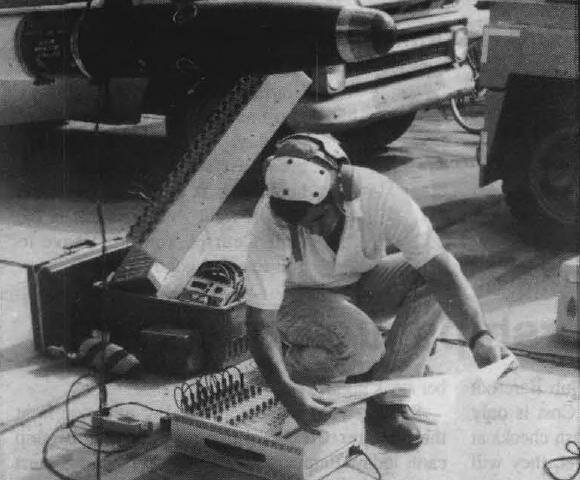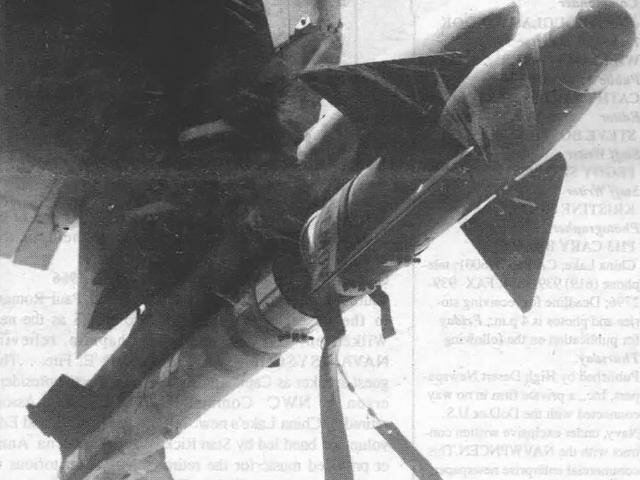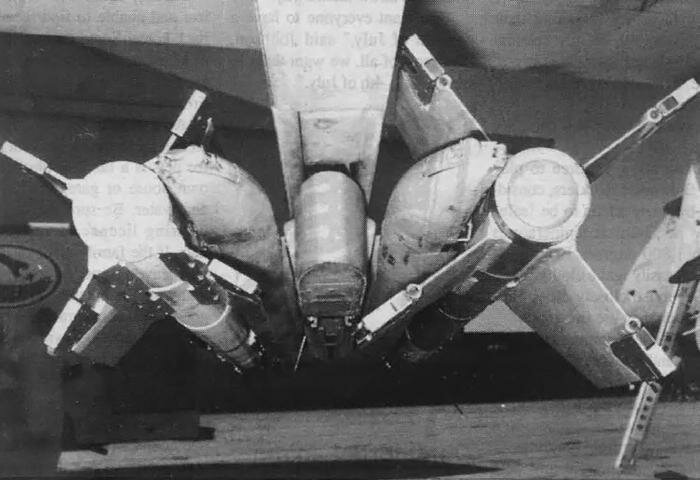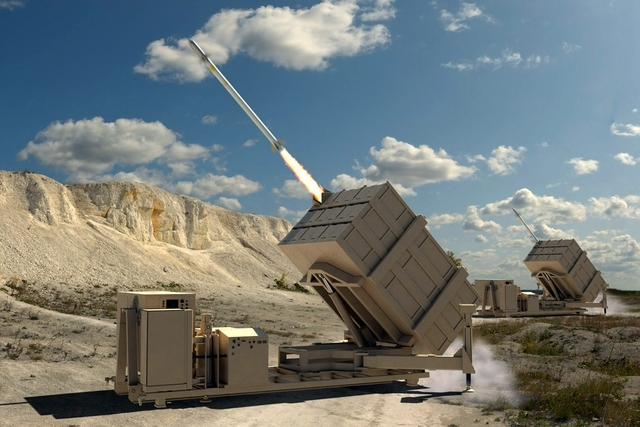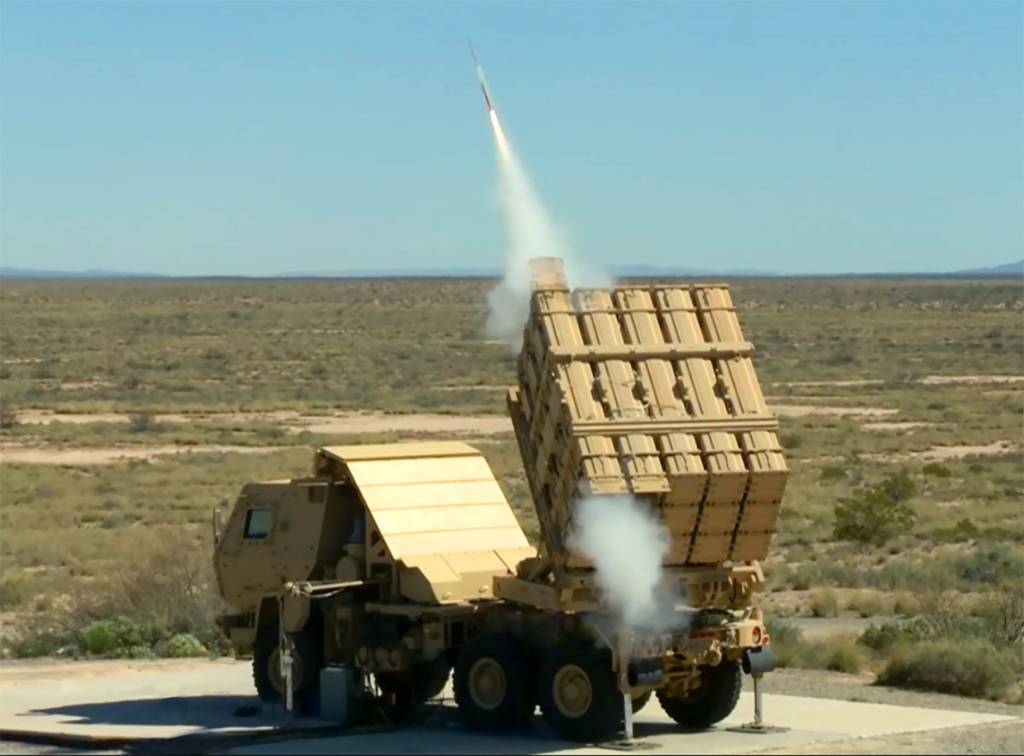GWrecks
Big Wingy Thingy
- Joined
- 15 July 2018
- Messages
- 76
- Reaction score
- 16
Designation-Systems mentioned in an article about the AIM-9 Sidewinder some "USAF, Classified" proposed replacement called the Have Thrust. Obviously it's classified...but does anyone at least have speculation as to what Have Thrust actually is? The other missiles listed appear to be variations on the Sidewinder itself, so I'm wondering if Have Thrust is based upon it too.
Could it be related to Have Dash, by chance? And which one, the original or Have Dash II?
↓↓Article↓↓
EDIT: I've decided to just make this about all of the AIM-9 replacements mentioned in that section of the article, since now I'm not sure if anything but Boa is actually based upon the AIM-9.
EDIT: OK, found some information on Wikipedia (Duh!). Boa and Box Office were both Sidewinder derivatives that were direct predecessors to AIM-9X, designed for internal carriage in stealth aircraft.
Still doesn't do much to explain what Top Hat and Have Thrust are.
Could it be related to Have Dash, by chance? And which one, the original or Have Dash II?
↓↓Article↓↓
EDIT: I've decided to just make this about all of the AIM-9 replacements mentioned in that section of the article, since now I'm not sure if anything but Boa is actually based upon the AIM-9.
EDIT: OK, found some information on Wikipedia (Duh!). Boa and Box Office were both Sidewinder derivatives that were direct predecessors to AIM-9X, designed for internal carriage in stealth aircraft.
Still doesn't do much to explain what Top Hat and Have Thrust are.

